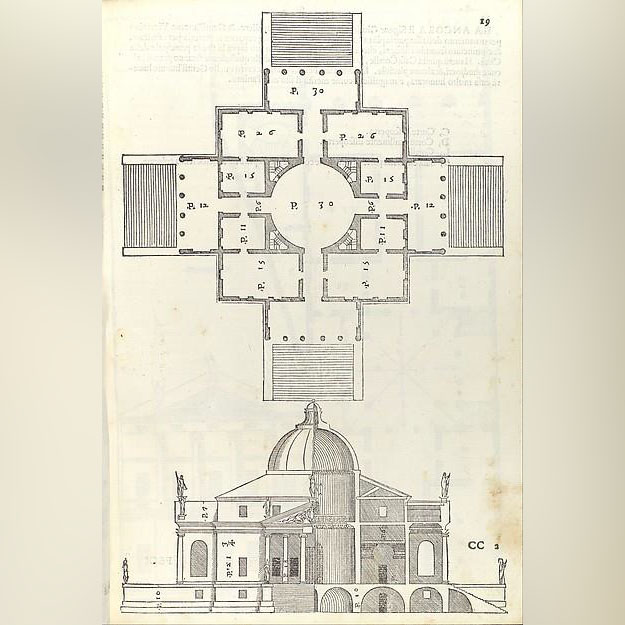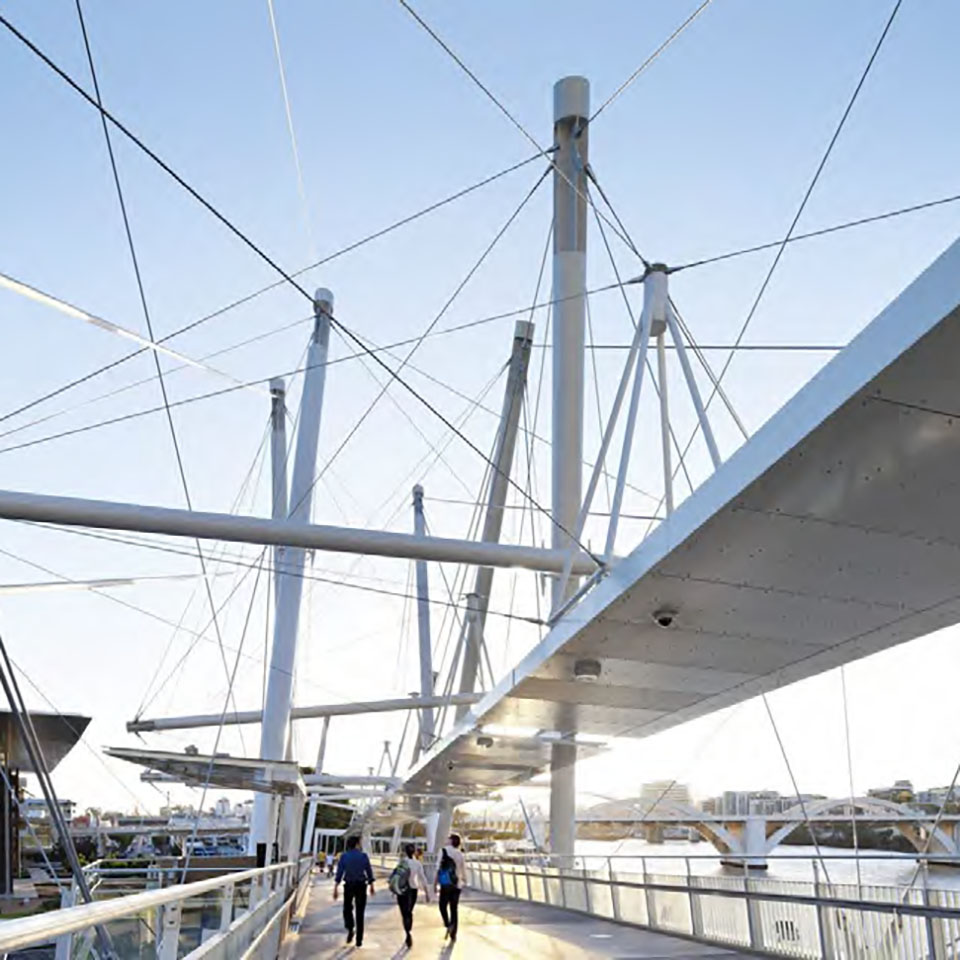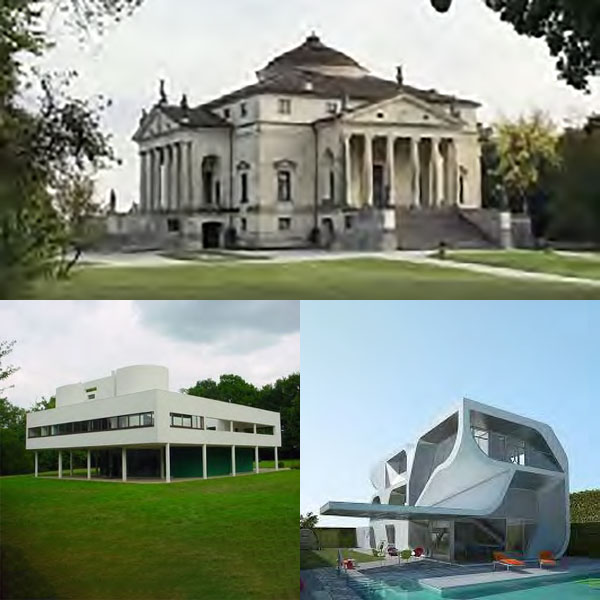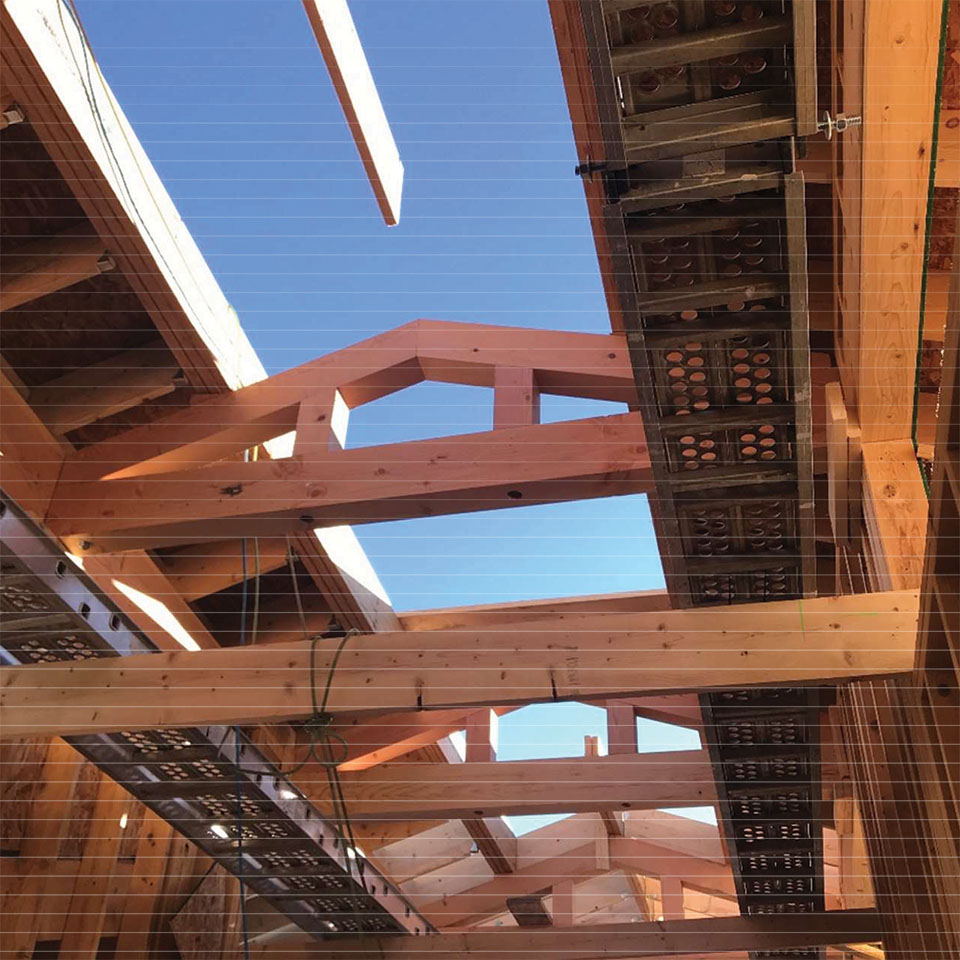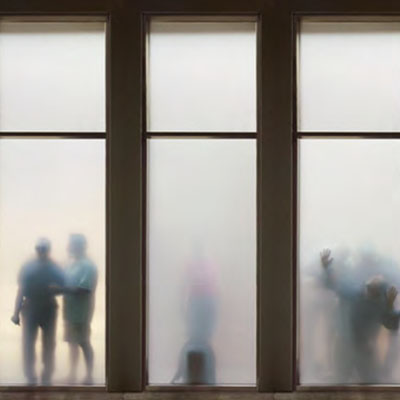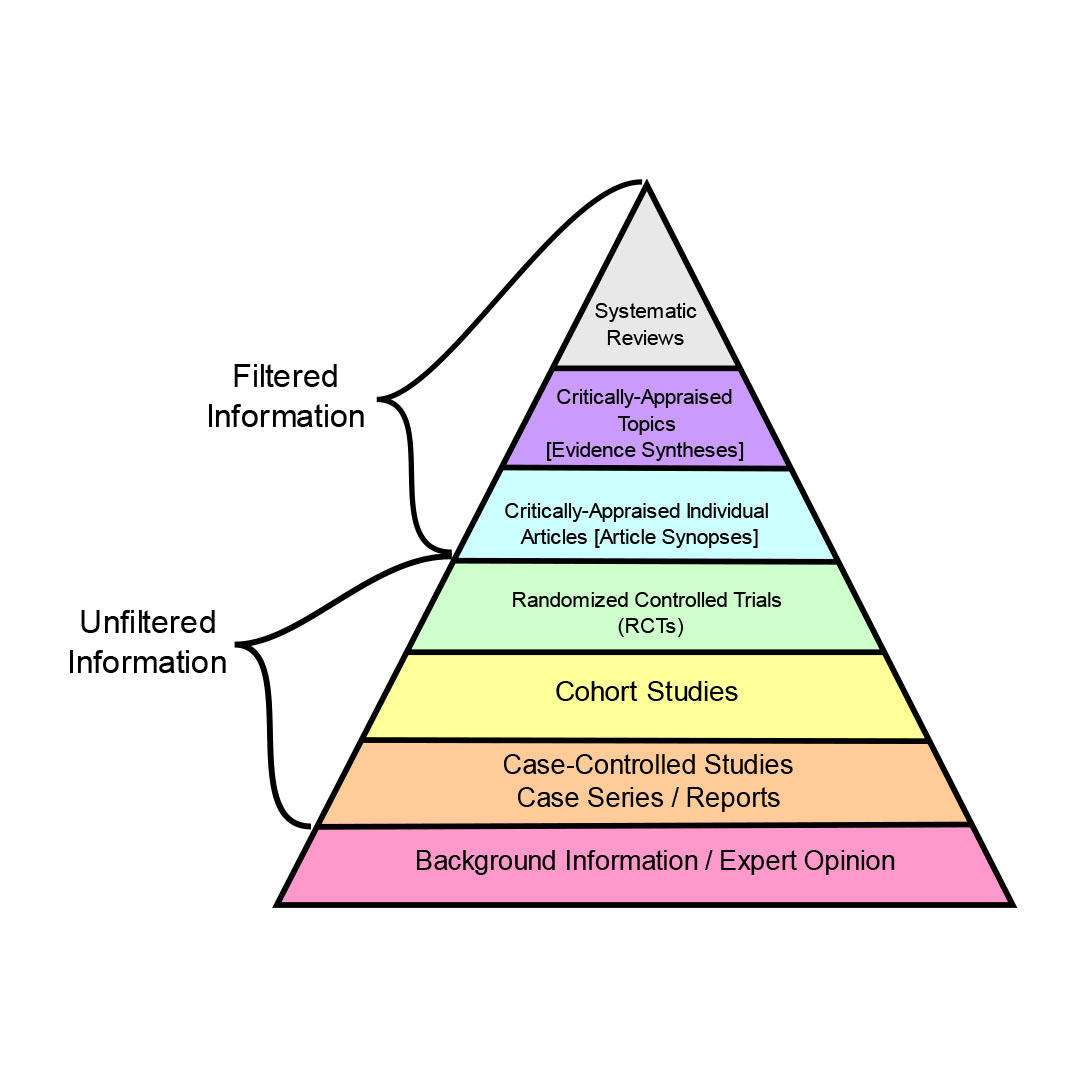History of World Architecture II
Arch 2315 · Online
Instructors: Clifton Ellis, Ph.D.
The purpose of this course is to provide students with a survey knowledge of the history of architecture and the aesthetics and theories associated with architecture from the Renaissance to Early Modernism. This course also provides students with a survey knowledge of how aesthetics are a product of the cultural forces – social, political, economic, aesthetic, and religious – that are manifest in the architecture of these eras.
ARCHITECTURAL TECHNOLOGY II
Arch 2355 · Online
Instructors: Peter Johnson
Introduction to the mechanics of structural materials with emphasis on capacities and behavior. Structural analysis and determination of structural systems via load-tracing, equilibrium, and statics.
Fundamentals in Architectural Thinking
Arch 2362 · Online
Instructors: Dora Epstein Jones, Ph.D.
This course surveys critical discussions in architecture. It frames these critical discussions ac-cording to a history of the discipline and field of architecture. The course therefore creates narratives around contemporary thinking in architecture that establish likely foundations and trajectories, as well as manifestations of thinking within the built environment and particular architectural projects. Students will learn how to “break open” contemporary discussions in order to gain their own perspective and develop their own stake.
Building Information Technology
Arch 3352 · Online
Instructors: Darrick Wade, AIA
Construction drawings, often referred to as working drawings, are a communication medium whose purpose is to graphically convey the design requirements for a construction project. They respond to the intent of the design by indicating in considerable detail how the building components of the project are assembled and joined. The drawings work together with the specifications to illustrate and describe the intended results. While the drawings communicate how the building's elements and components come together to realize the design intent, the specifications define the exact nature of each building component, and how it must perform.
Sustainable Design Strategies Towards Net Zero Architecture
Arch 3355 · Online
Instructors: Peng Du, Ph.D., LEED AP, WELL AP
The urban built environment is responsible for 75% of annual global greenhouse gas (GHG) emissions: buildings alone account for 39%. Eliminating these emissions is the key to addressing climate change and meeting Paris Climate Agreement targets. In 2006, Architecture 2030 issued the 2030 Challenge, a breakthrough vision that calls for all new buildings, developments, and major renovations to be carbon-neutral by 2030. In this backdrop, the course will focus on the introduction to sustainable design strategies for architects to respond to climate, as well as design strategies towards carbon-neutral architecture. The course will also introduce relevant computational simulation tools to model and analyze the environmental performance of buildings. The weekly class format will consist of two lecture sessions and one lab session.
Advanced Architectural Technology II
Arch 5334 · Online
Instructors: Sora Key, Ph.D.
The course will provide a fundamental, conceptual, and historical lineage of advanced computational technologies and tools, and techniques that explores a spectrum of practices in design, assembly, prototyping, fabrication, and manufacturing in recent development of the area of computational design, advanced design research, and digital fabrication. While providing a history of computational design and computer-aided design, this course also seeks to advance student involvement in innovative practices and to encourage student investment as a central concern of practice. This course requires some background in digital modeling.
CONTEMPORARY ARCHITECTURAL THEORY II
Arch 5363 · Online
Instructors: Galo Canizares
Architecture exists within a network of relations. But it also exists as a unique discipline with core knowledge that allows it to stand on its own. This course is an introduction to post-2000 theoretical thinking on architecture and the built environment. It frames theory not solely as something isolated or in contrast to practice, but rather situates it within a feedback loop of practical and theoretical modes of operating made evident by scholars, practitioners, philosophers, critics, social movements, political regimes, wars, climate change, built projects, and pop culture.
Evidence-Based Architecture
Arch 5366 · Online
Instructors: Saif Haq, Ph.D.
Evidence-based design is a process where the designer, together with an informed client, makes decisions based on the best information available from research, from project evaluations, and from evidence gathered from the operations of the client. This is a new method of practice in architecture, and one being increasingly appreciated by clients and patrons. This class will focus on understanding the relationships between analytical research/evidence and synthesis in architectural design.
Professional Practice
Arch 5392 · Online
Instructors: MaryAlice Torres-MacDonald & Lesley Nall Washington, J.D.
The principles and practice of architectural business including the discussion of professionalism, administration, management, legalities and liabilities. Exploration of current, advanced, and complex processes for the delivery of architecture.
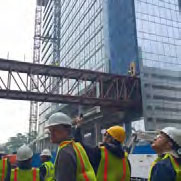
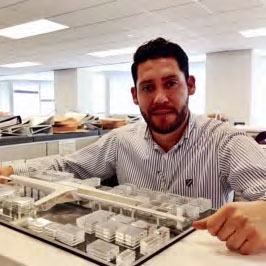

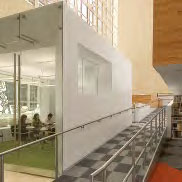
Huckabee College of Architecture
-
Address
Texas Tech University, 1800 Flint Avenue, Lubbock, TX 79409 -
Phone
806.742.3136 -
Email
architecture@ttu.edu

